Porto should definitely be at the top of your Portugal bucket list. If you’re planning your first visit here, this guide covers all thing to known to plan the perfect trip!
I’ve curated all the inspiration, ideas, and personal recommendations you need to create an unforgettable experience in Portugal’s northern city in my guide, 11 amazing things to do in Porto.
In this post however, I wanted to share useful advice on the practical side of preparing for your time in Lisbon. Whether visiting for a couple days or a week, these personal tips on where to stay, tickets, transport, and avoiding the worst of the queues, will help you get ready, save time, and ensure a travel better experience.
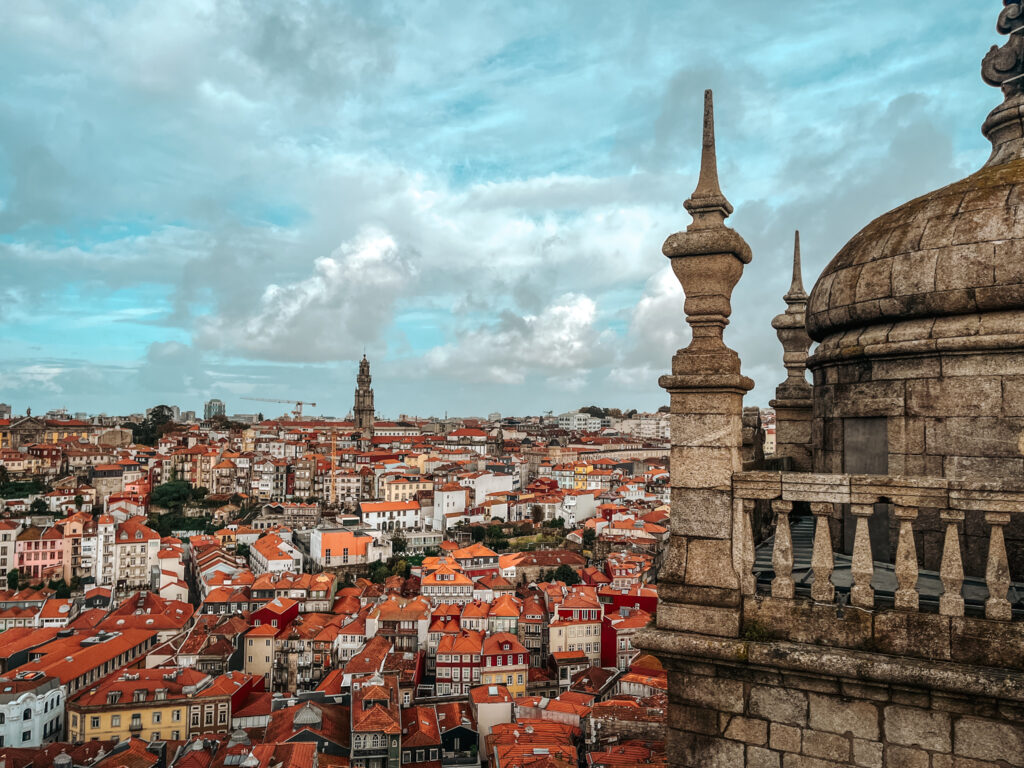
HERE ARE 12 THINGS TO KNOW BEFORE VISITING PORTO
HOW TO GET TO PORTO?
BY PLANE
Flying into Porto airport, also known as the Francisco Sá Carneiro Airport, is one of the fastest ways to get to Porto if you are arriving internationally. From Canada, there are now direct flights to Porto from Toronto depending on the time of year: Air Canada, TAP Air Portugal and Air Transat all have direct flights to Porto.
Once you arrive in Porto, it is quite easy to get from the Airport to the city center:
- Without a doubt, the most convenient way to reach Porto city center from the airport is via the city’s efficient metro service (find a metro map here), specifically the ‘E’ line. With departures every hour between 6 a.m. and midnight, you’ll have ample opportunities to catch a ride. Line E brings you to Trindade station in the middle of the city centre: the journey takes around 27 minutes. You will have to pay €2.60 for you ticket downtown from the airport.
- Authorized taxis also offer a straightforward solution, although more expensive . Typically costing between €20 and €25, these taxis are required by law to use their meter. It’s important to insist on this to ensure fair pricing, as unfortunately, some drivers may attempt to overcharge unsuspecting tourists Alternatively, Uber is a popular and cost-effective choice in Porto as they are usually cheaper than official taxis.
BY TRAIN
If you’re already in Portugal, then taking the train is the most convenient. It’s important to note that there are two main train stations in Lisbon :
- The first one is Sao Bento Station in the city center
- The second is Campanha Station, which is where the trains to and from Lisbon can be taken.
Typical train times / costs from the following popular destinations are:
- Lisbon/ 3 hours / €30
- Coimbra / 1.15 / €15
- Faro / 6 hours / €60
From Sao Bento Station, you’re a short walk from the the main attractions in the center of Porto The Campanha Station is a bit farther out : it takes around 9 minutes by taxi or by metro to get to the city center.
If your accommodation is close by, it’s feasible to walk to it. However, if you’re more than 5-10 minutes away with a bit of luggage, or based on the other side of the river Arno like we were, then it’s best to take a taxi or hop on one of the regular public buses (more on those later) which depart from this area in front of the station entrance.
To book train tickets in advance, check out Omio.
BY BUS
Depending on where you are in Portugal, traveling by train directly from Porto might not be possible as some smaller cities are only covered by local trains. In these instances, the bus is a great option. It is also the cheapest way to travel in Portugal if you are on a budget and often doesn’t take much longer than the train.
I found that FlixBus offered a wide variety of routes to and from Porto at a very good price. The buses are clean and comfortable.
In Lisbon, the bus station is located at the Campanha Station.
Typical train times / costs from the following popular destinations are:
- Lisbon / 3 hours / €12
- Coimbra / 1.25 hours / €15
- Faro/ 7.5 hours / €25


WHAT IS THE BEST TIME TO VISIT PORTO?
When deciding on the perfect time to explore Porto, it’s essential to weigh various factors, including weather patterns, crowd levels, and the availability of seasonal events. While the summer months from May to September typically see an influx of tourists, offering vibrant energy and lively atmosphere, many seasoned travelers suggest that the shoulder months of April, October, and November present an ideal compromise.
Although that is true, you might be trading crowds for rain. Located on the northwest coast of Portugal, Porto’s climate differs from the sunnier southern regions, often surprising visitors with its propensity for rain. If you’re hoping for some late autumn or early spring sunshine, you might need to adjust your expectations—this city sees its fair share of precipitation.
During my visit in late October, I encountered more gray skies than blue and found myself seeking shelter from the rain more often than I’d like to admit. While it’s not guaranteed that your trip will be met with Atlantic grayness or overcast conditions, it’s worth considering that rainy days are not uncommon.
For those seeking warmer weather, planning a visit between June and late August is your best bet. During this time, temperatures average around 25°C, and rainstorms are few and far between. However, keep in mind that visitor numbers will be at their peak during these months.
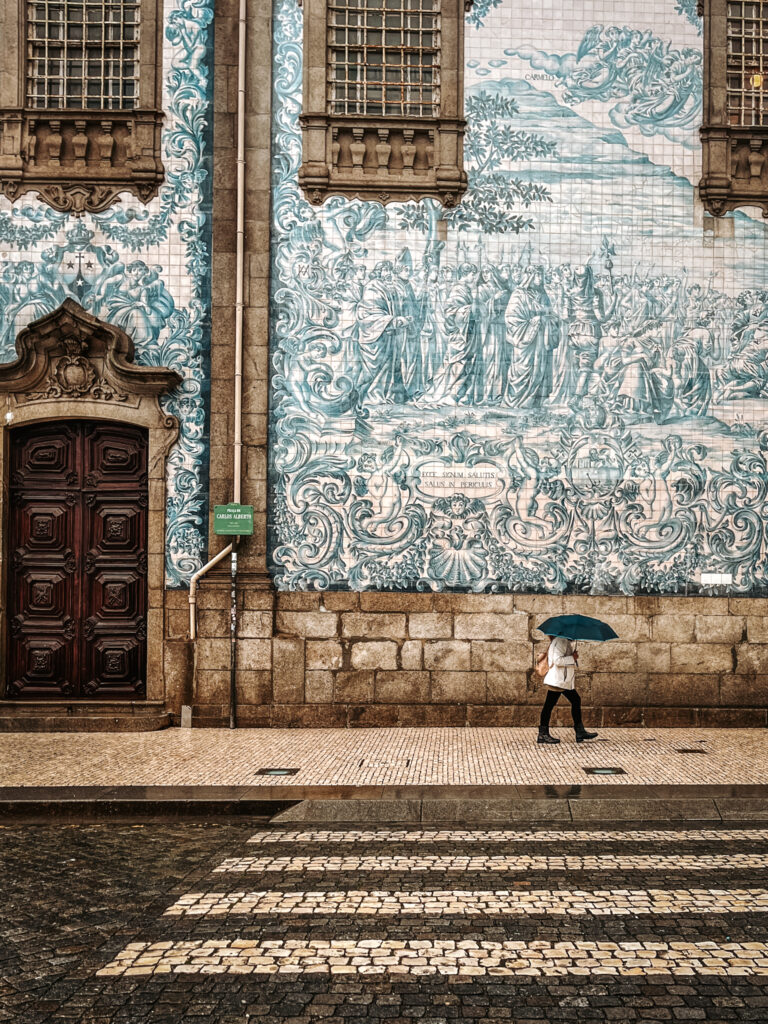
HOW LONG SHOULD I STAY IN PORTO?
The question you are probably asking yourself is : how many days should I spend in Porto? Is 3 days enough? What if I only have a weekend? Don’t worry, I’ve got you covered!
Is three days in Porto enough? With 3 days in Porto, you can comfortably cover the main highlights while still leaving time for leisurely strolls and spontaneous discoveries. Adding an extra day or two enables you to delve deeper into the city’s culture and history, or venture out to nearby attractions like the Douro Valley for a wine tasting experience.
Keep Reading // 11 amazing things to do in Porto.
And what about squeezing it all into two days? It’s a whirlwind, but it can be done! You’ll have to be strategic with your itinerary, and it’s important to manage expectations regarding sightseeing opportunities. If you are limited on time, you should focus on iconic landmarks like the Clérigos Tower, a river cruise to admire the six bridges, a visit to a Port wine cellar, and a tour of Bolsa Palace, providing a snapshot of Porto’s rich heritage and attractions.
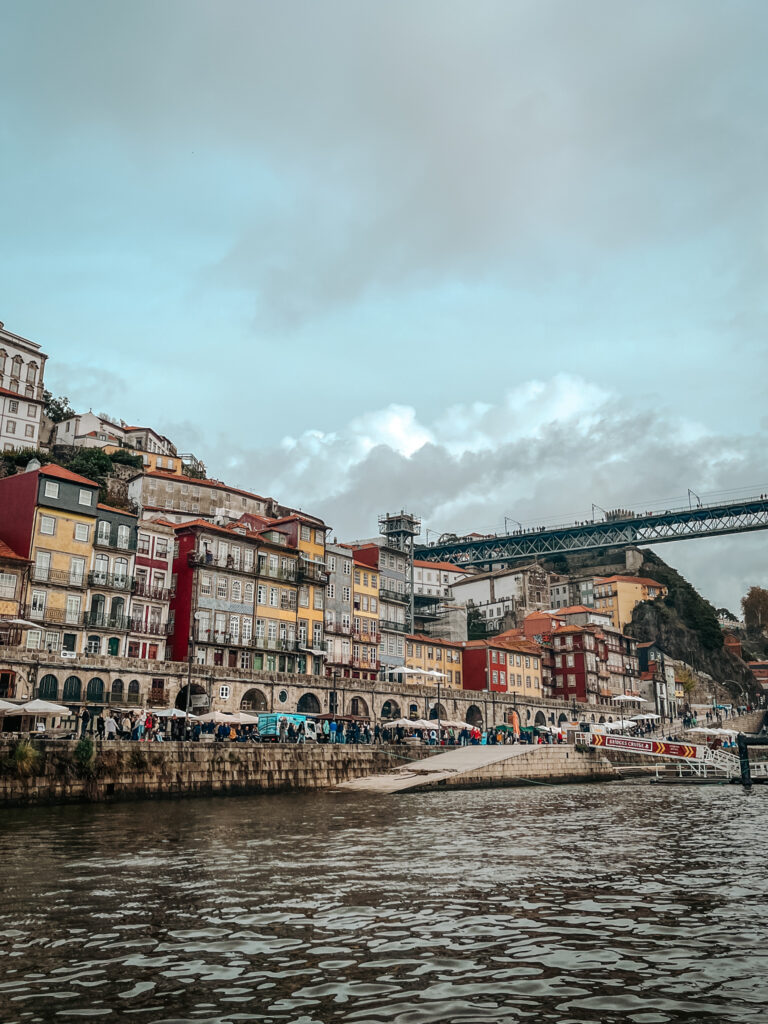
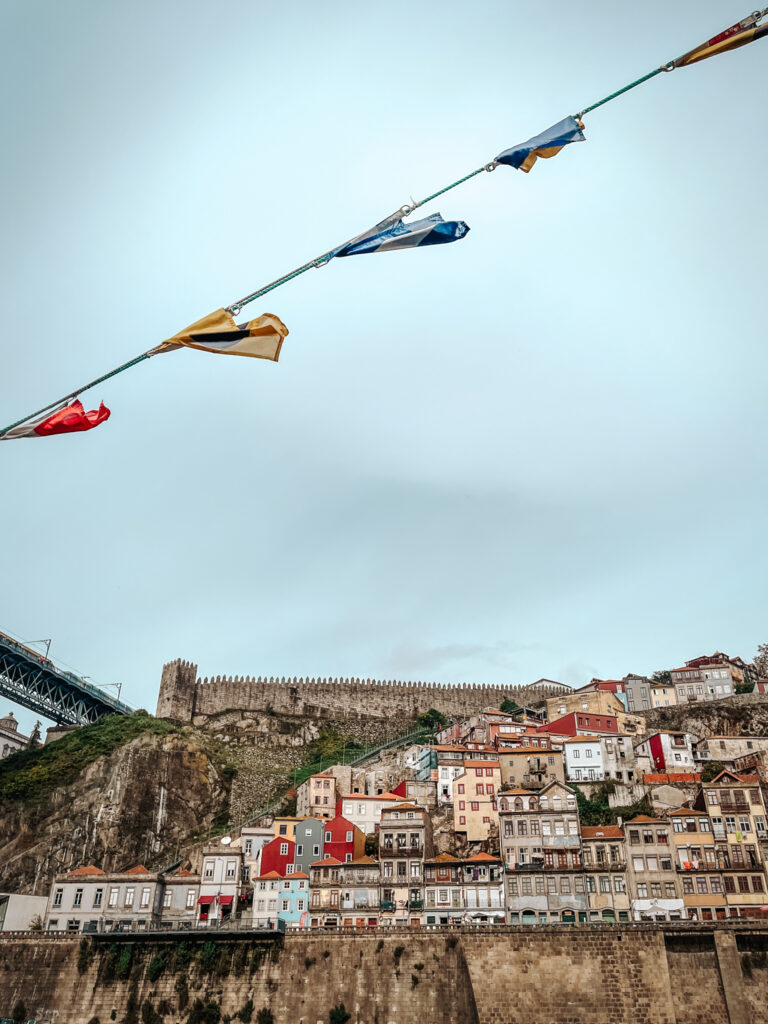
HOW TO GET AROUND PORTO ?
Porto is a very walkable city. It’s compact size and narrow streets make it easy to navigate and discover hidden gems at every turn. From the UNESCO World Heritage-designated historic center to iconic landmarks like the Clérigos Tower, the Cathedral, and the vibrant Ribeira district, Porto’s treasures are easily accessible by foot.
For those seeking alternative modes of transportation, Porto offers a diverse array of options. The city’s metro system provides reliable, clean, and affordable transit, ideal for venturing to destinations further away, such as the scenic beaches of Matosinhos (find a metro map here). Additionally, a network of bus routes crisscrosses the city, offering convenient connections to various neighborhoods and attractions. For a touch of nostalgia, travelers can embark on a vintage tram ride through Porto’s historic center, immersing themselves in the city’s rich heritage along the way.
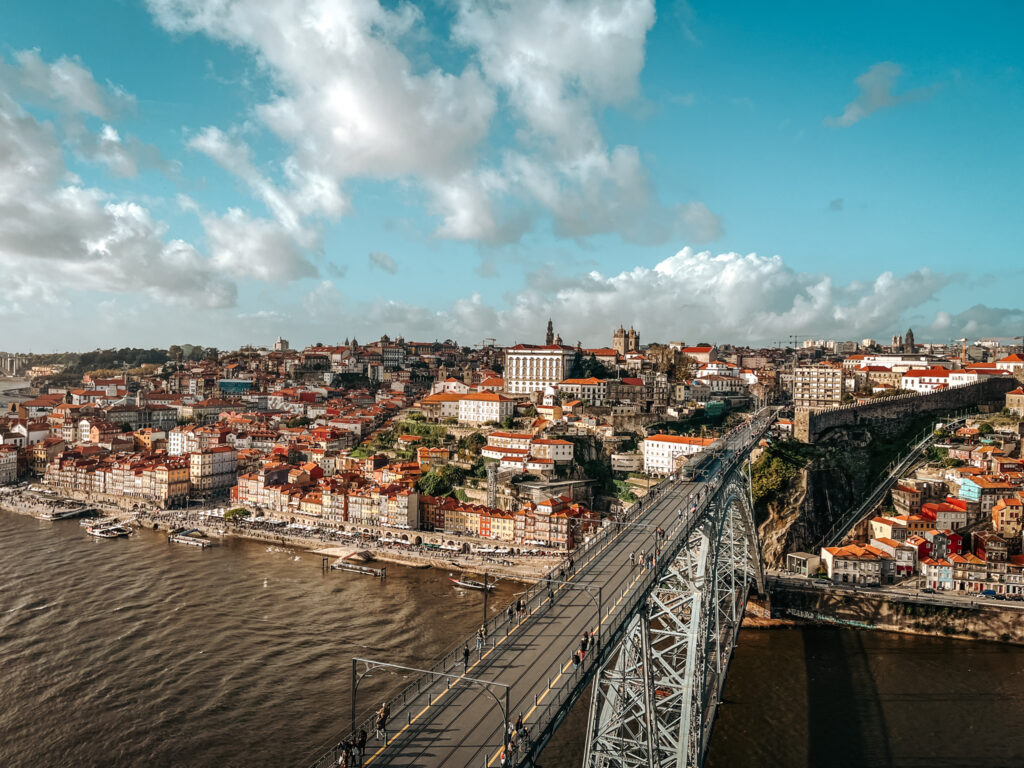
LIVRARIA LELLO IS OVERATTED…
Ok, so this might be an unpopular opinion since so many blogs will tell you to visit the famous Livraria Lello in Porto. However, I disagree with them and suggest you to skip it.
Livraria Lello is renowned as the most beautiful bookstore in the world, and don’t get me wrong, it is beautiful!
Designed by Francisco Xavier Esteves in a captivating Neo-Gothic style, Livraria Lello was proudly inaugurated by the Lello brothers in 1906. Since then, it has captivated visitors with its exquisite features, including intricately carved Gothic wood paneling, a majestic curving staircase, towering floor-to-ceiling bookshelves, and a breathtaking stained-glass skylight.
This library is popular for its architecture and spiralling staircase (which to be fair is beautiful!) and for supposedly having inspired J.K Rowling for the staircase in Hogwarts in the Harry Potter series. So why am I telling you not to go? There are two main reasons:
- The Library will be so jam packed that you won’t even be able to move. The tickets are 8€ per person and for a specific time slot. But they let so many people in at once, and there is no set time to leave that it is just awful once you are inside. And if you wanted a photo on the famous staircase: forget about it!
- In a series of tweets published in 2020, J.K. Rowlings denied having been inspired by Livraria Lello for her books. So even though the library is full of Harry Potter books, there is no real links between the library and the books.


IT’S THE CITY OF AZULEJOS
Porto has earned the nickname “Blue City” due to its abundant display of stunning blue and white azulejos. The art form of azulejo tiles holds great significance as a cultural expression in Portugal, and the country takes great pride in sharing these pieces of art with the world.
Azulejo tiles have a rich history spanning centuries. The term “azulejo” comes from the Arabic word “az-zulayj”, meaning “small polished stone”.
Originally used in Moorish architecture, these exquisite tiles eventually found their way to Portugal and have become an integral part of the country’s culture. The were introduced to Portugal by Moorish invaders from Seville around the year 1500, azulejo tiles were initially employed to adorn the interiors of mosques and palaces.
However, their popularity soared in the 18th century as they began to grace the walls of private residences. Today, azulejos can be found all over Portugal, but they are most commonly associated with the city of Porto.
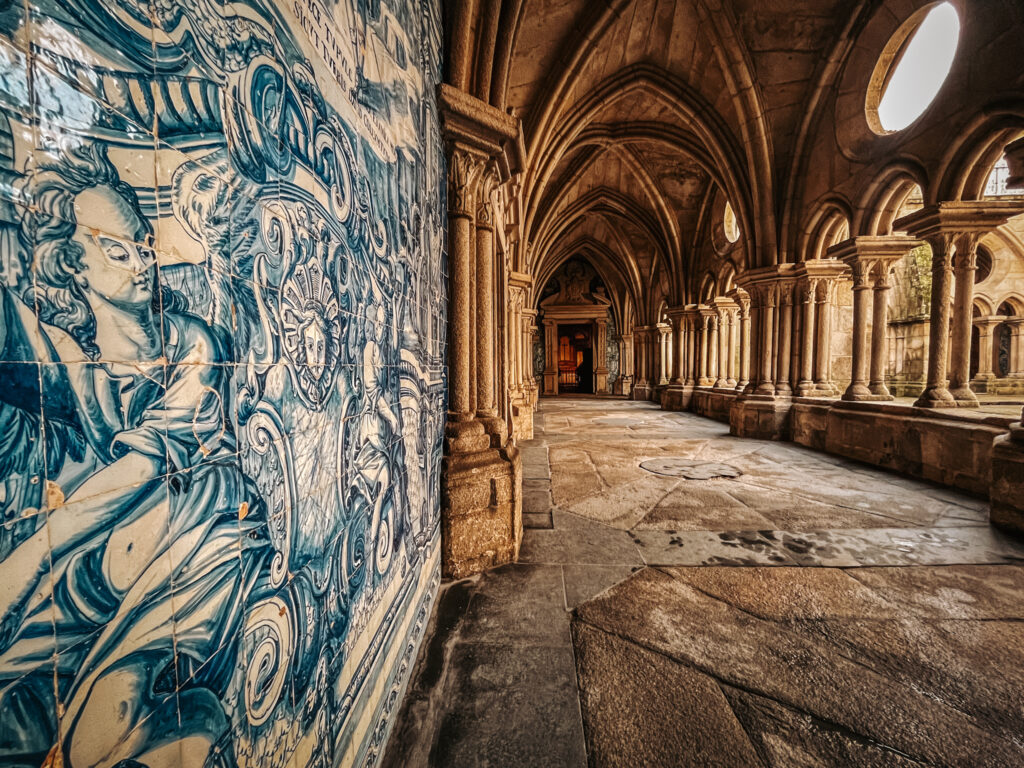
SHOULD YOU GET THE PORTO CARD?
When it comes to city cards, not all are created equal, but The Porto Card stands out as a worthwhile investment, especially if you plan to explore many of the city’s paid attractions.
Available for durations of one, two, three, or four days, The Porto Card offers flexibility to suit your itinerary. You can also opt for unlimited free public transport usage, which is particularly beneficial if you anticipate frequent metro or bus rides during your stay.
- For a quick city tour, the 24-hour Porto Card is priced at €13 .
- If you plan to linger a bit longer, the 48-hour Porto Card might be the ticket, priced at €20.
- For an extended exploration, the 3 and 4 day Porto Card offers great value, priced at €25 and €33 respectively.
Some of what is included with the card :
- Free admission to 7 museums : Museu Do Papel-Moeda; Casa Do Infante; Extensão do Romantismo; Casa Marta Ortigão Sampaio; Casa Guerra Junqueiro; Reservatório Municipal Museum; Extensão do Douro
- 50% discount at some of the city’s most important attractions and museums: Museu dos Transportes e Comunicações; Museu Nacional Soares Dos Reis; Museu Militar do Porto; Galeria da Biodiversidade; Museu do Carro Elétrico.
- 25% discount for the Clérigos Tower
- 25% discount for the Palacio da Bolsa
- 20% discount at Serralves Museum of Contemporary Art
- 10% discount at FC Porto Museu + Estádio do Dragão
- Up to 30% discount at Sandeman Port Wine Cellars
- Up to 25% discount on city tours, sightseeing tours and hop-on/hop-off bus tours
- Up to 20% off on a boat trip on the Douro or Minho rivers
- Free use of public transport
Click here to see the full list of the discounts included with this card.
Ultimately, The Porto Card is most beneficial for travelers eager to immerse themselves in Porto’s cultural offerings and make the most of their visit. If you’re a museum enthusiast or prioritize indoor activities, the card’s affordability—starting at just €13 for a two-day pass—makes it a savvy choice that could potentially save you a significant amount of money. However, if you prefer to explore on foot without a set agenda, the card may not be the most cost-effective option for you.
Keep in mind that the card operates on a hourly basis, not daily. So, if you activate it at 10:00 on a Tuesday, it stays valid until 10:00 on the following Wednesday. It also needs to be picked up at specific locations in the city : including the airport, trains stations and tourist office.
If you are interested in getting the Porto Card, you can get it here.
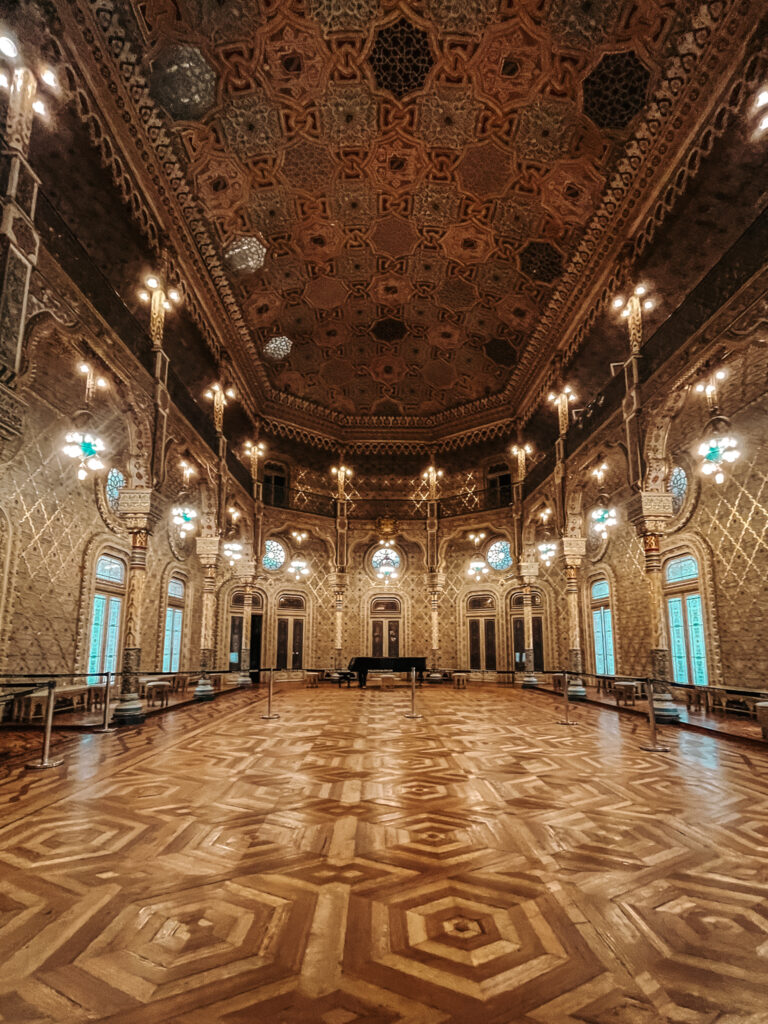
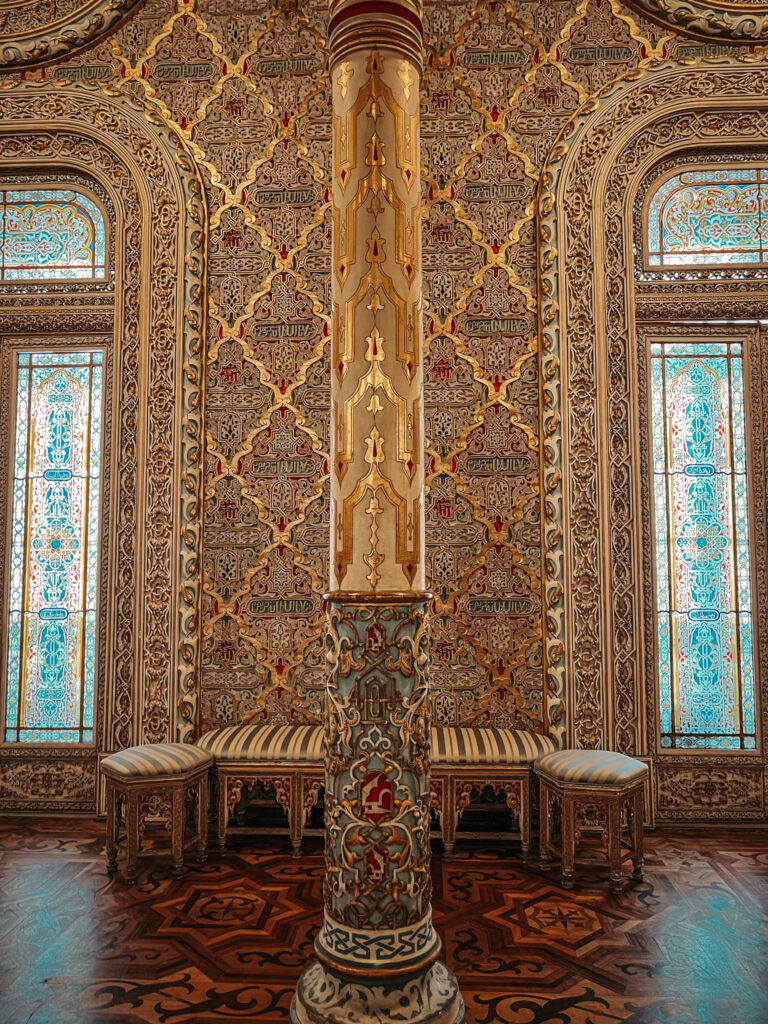
NOT EVERYTHING LOOKS PERFECT
One thing that might surprise you about Porto is how many of the buildings in Porto’s central old town were in a dilapidated state of disrepair and semi-ruin. Recent reports indicate that as many as 20%, or 1 in 5, of the buildings in Porto are abandoned. While these crumbling structures contribute to Porto’s unique character, their presence amid occupied buildings raises concerns about structural integrity.
Several factors have contributed to Porto’s high number of derelict buildings. Rent control measures implemented in Portugal since the early 20th century have led to dwindling returns for landlords. Tenancy laws and inflation have resulted in landlords being unable to evict non-paying tenants, while rental income often fails to cover maintenance costs, leaving many properties in a state of neglect.
However, there are signs of progress in addressing this problem. Similar to the “Lisbon effect” observed in the past decade, Porto has experienced a tourism boom, driving increased demand for accommodation. This surge in tourism has incentivized the renovation and repurposing of derelict buildings to meet the needs of visitors, providing a glimmer of hope for revitalizing Porto’s architectural landscape.
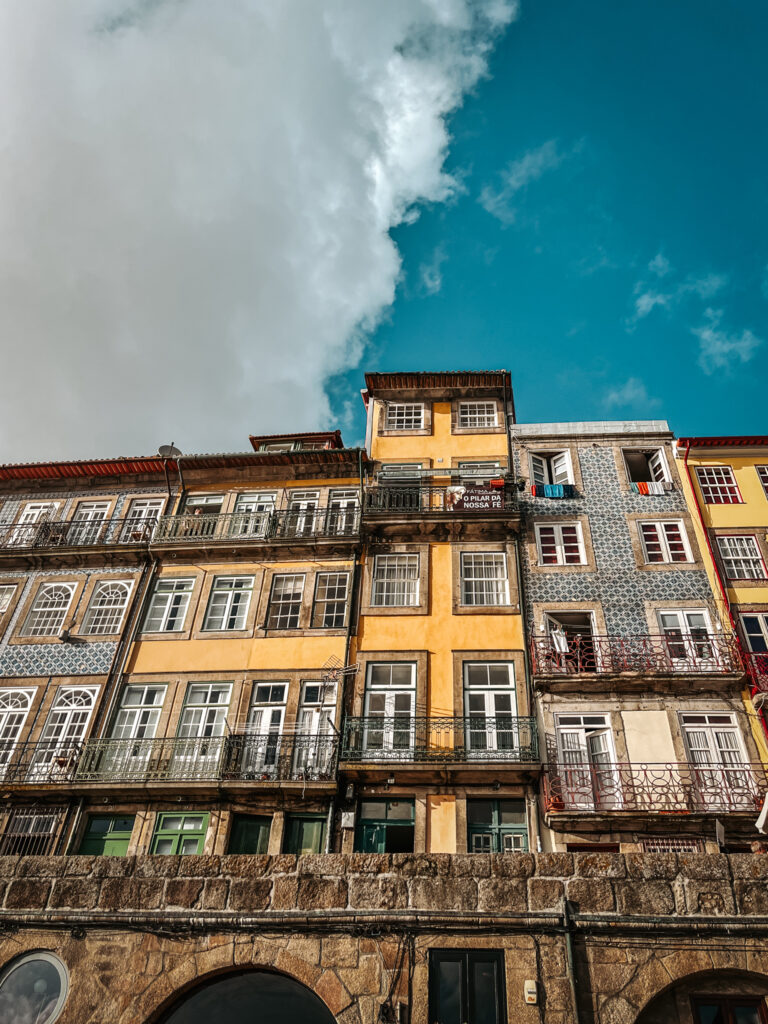
IT HAS LINKS TO THE EIFFEL TOWER
Crossing the iconic Dom Luís I Bridge is a definite must during your visitPorto. Opened in 1886, this is an impressive double-deck iron arch bridge that connects Porto with Gaia, the city located on the south bank of the Douro River.
In 1880, a competition was initiated to construct a new bridge linking Porto to the city of Gaia. Many projects were submitted, including one by Gustav Eiffel, who is famous for building the Eiffel Tower in Paris.
Eiffel lived in Porto at the time and had already constructed the Maria Pia bridge in 1877. He unfortunately did not win the bid; his former student and pupil, Théophile Syrig won. Looking at the the Dom Luís I Bridge today, we can definitely see how the student was inspired by the his master on this project.
Both pedestrians and cars have access to the Dom Luís I Bridge. Pedestrians can use both the upper and lower decks. Cars are restricted to the lower section and the upper deck is reserved for the Metro. If you are seeking the most breathtaking views and picturesque photo opportunities, I highly recommend taking a stroll across the upper deck.
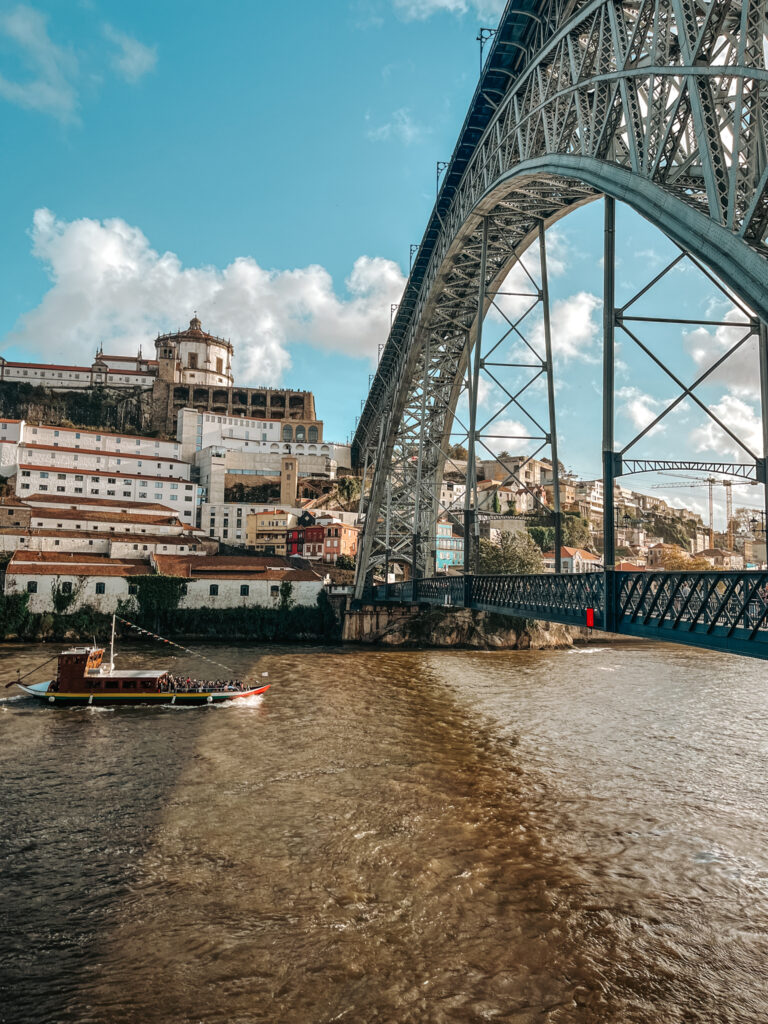
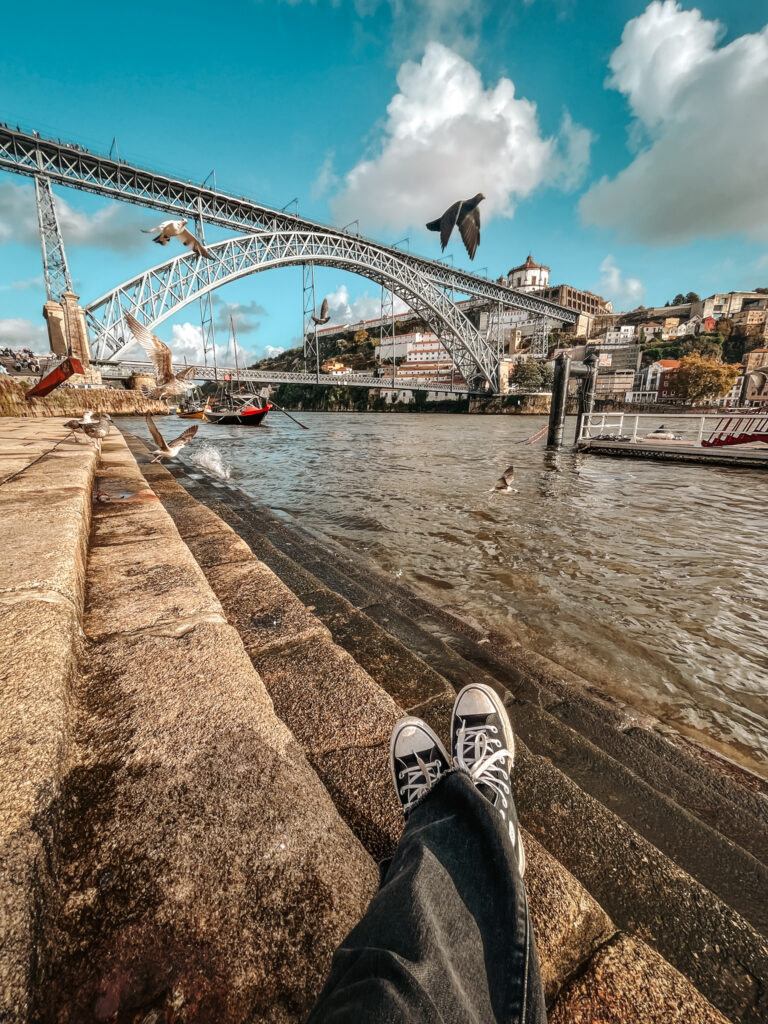
IT HAS IT’S OWN CUISINE
Porto’s culinary scene is renowned for its hearty and flavorful dishes, showcasing the city’s rich history and cultural influences through traditional recipes and innovative culinary creations.
A typical meal in Porto might feature caldo verde, a comforting potato and kale soup, or tripas à moda do Porto, a savory tripe stew simmered with white beans and assorted meats. Seafood enthusiasts will delight in grilled sardines and iconic salt cod dishes like bacalhau à Gomes de Sá.
For the adventurous and hungry, the local specialty francesinha awaits—a decadent sandwich brimming with assorted meats and smothered in a spicy sauce.
In recent years, Porto has witnessed the emergence of modern restaurants that blend traditional flavors with contemporary techniques and ingredients. Neighborhoods like Ribeira and Foz boast an array of seafood-focused eateries, while Cedofeita and Baixa offer trendy establishments featuring fusion cuisine and tapas-style plates. No matter the dining destination, savoring Porto’s culinary delights is best complemented by a glass of local wine—whether it be the city’s famed port or another regional varietal.
Beyond its delectable cuisine, Porto boasts a vibrant coffee culture, with numerous cafes and coffee shops serving up specialty brews and freshly baked treats. These cozy establishments provide the perfect setting to unwind, soak in the city’s ambiance, and indulge in a bit of people-watching.

WHILE YOU ARE AT IT, EXPLORE THE DOURO VALLEY
Embarking on a journey to the idyllic Douro Valley from Porto is an absolute must for travelers seeking a break from the city’s hustle and bustle. Situated just an hour’s drive away, this picturesque valley boasts rolling vineyards and terraced hills, providing a tranquil retreat amidst nature’s splendor. And for wine enthusiasts, a visit here is nothing short of essential!
There are several ways to reach the Douro Valley from Porto, each offering its own unique experience. One popular option is to take a scenic train ride from Porto to the charming town of Régua, serving as a gateway to the valley’s wonders. From there, you can choose to join a guided tour or opt for the freedom of exploring the region by car, allowing you to tailor your adventure to your preferences.
For a truly immersive experience, consider embarking on a boat tour along the meandering Douro River. Drifting along its tranquil waters, you’ll be treated to breathtaking views of the valley’s verdant landscape, dotted with vineyards and quaint villages. The journey offers a glimpse into the valley’s timeless beauty, showcasing its serene charm from a unique vantage point.
TOUR | This Douro Valley Tour has it all : wine tasting, winery visit and a boat tour. If you want to stay on water, than this cruise in the Douro Valley is a great option.
As you navigate the river, traditional wine estates and picturesque hamlets line the riverbanks. And the vineyards themselves are a sight to behold, their lush greenery cascading down the hillsides, creating a mesmerizing tapestry of colors.
Whether you’re a wine aficionado or simply seeking a scenic getaway, the Douro Valley promises an unforgettable day trip from Porto, where you can bask in the region’s natural splendor and immerse yourself in its rich cultural heritage.
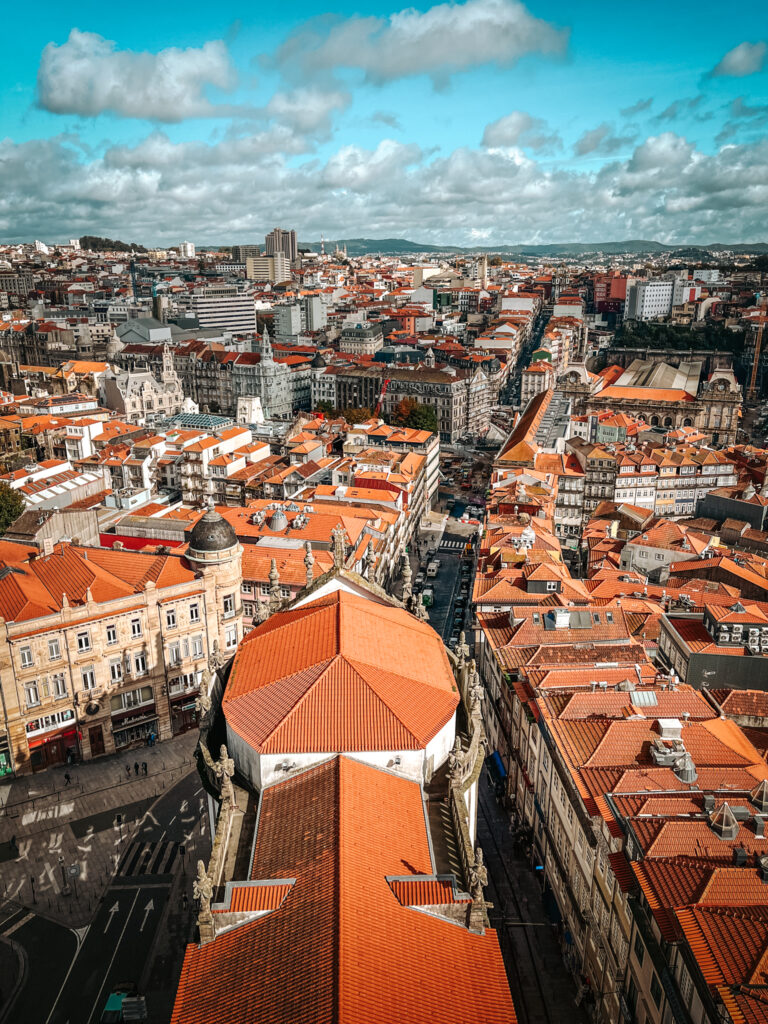
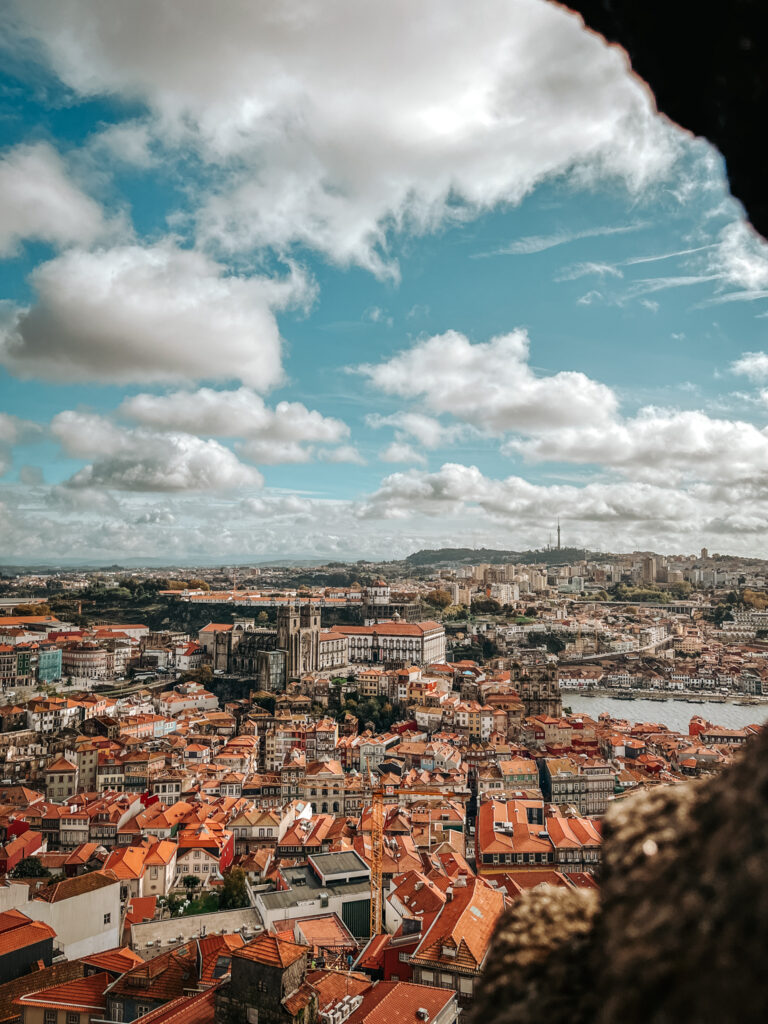
WHERE TO STAY IN PORTO?
When it comes to finding the perfect place to stay in Porto , there’s no one-size-fits-all answer – it all boils down to your personal preferences. But fear not, I’m here to break down the pros and cons of each area to help you make the right choice.
- If you seek a more picturesque experience, Ribeira is the top contender. As one of Porto’s oldest and most enchanting neighborhoods, Ribeira perfect for those seeking vibrant culture and history. Perched along the banks of the Douro River it’s only one of the most beautiful neighborhoods in Porto.
- Seeking a bohemian vibe? Cedofeita is a vibrant and eclectic neighbourhood located in the heart of Porto. This bohemian district is known for its lively atmosphere, street art, and trendy cafes, bars, and shops.
- For those craving nightlife atmosphere, look no further than Baixa. Whether you’re looking for a cosmopolitan shopping and nightlife experience or a unique look into Portugal’s past, the areas of Baixa/Sé has something to offer everyone. As the heart of Porto’s historic district, these neighbourhoods features grandiose architecture, narrow streets, and age-old plazas that are filled with life.
For my visits, I’ve stayed at Métier Boutique Hotel (also called The Convo Porto Hotel & Apartment), a bit outside of these neighborhoods but still close enough to be at a tram-ride away from everything. this was an an adorable boutique-hotel with a rooftop. Breakfast was included in the price of the room.

READ THESE POSTS BEFORE VISITING PORTO!
PORTO GUIDES | 11 amazing things to do in Porto
THE REST OF PORTUGAL | 14 Things to Know Before Visiting Lisbon; 11 Amazing Things to do In Lisbon; 9 amazing things to do in Lagos
PIN FOR LATER
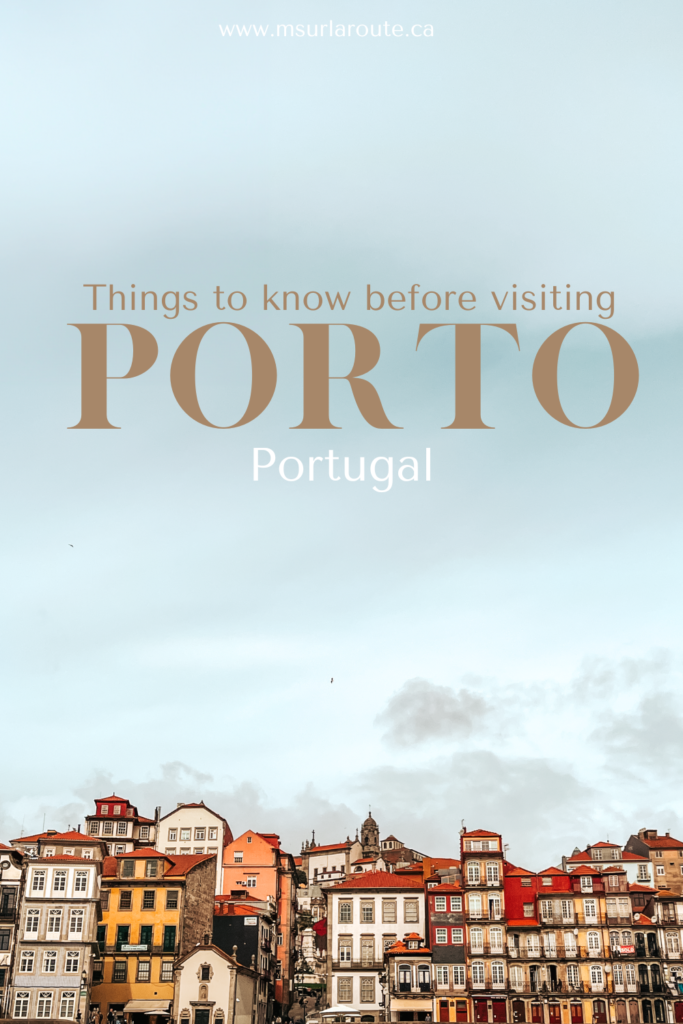
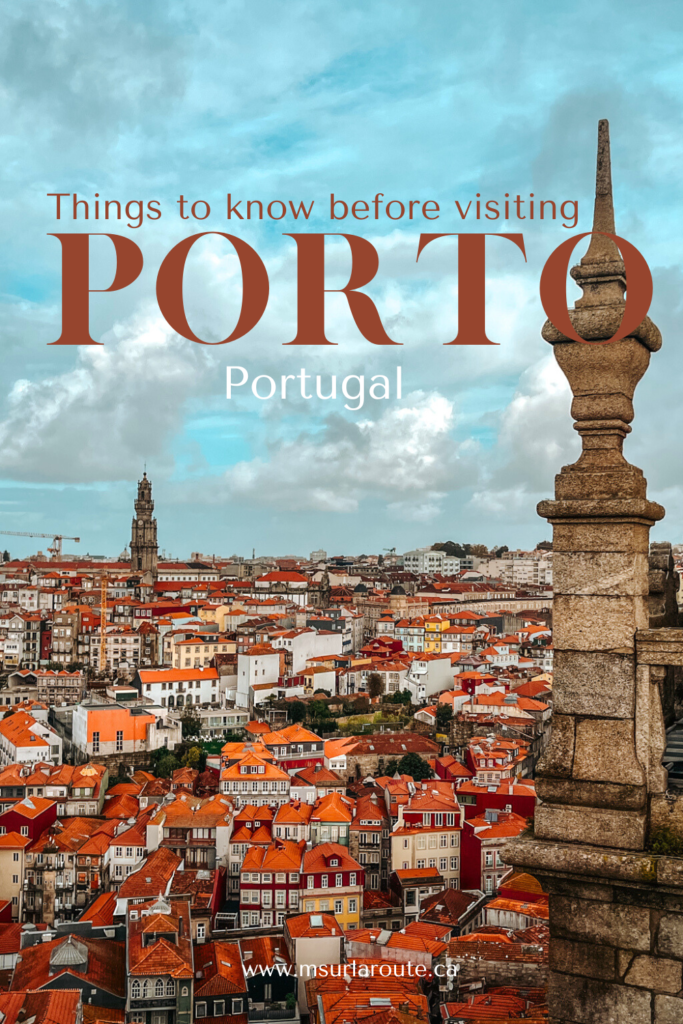
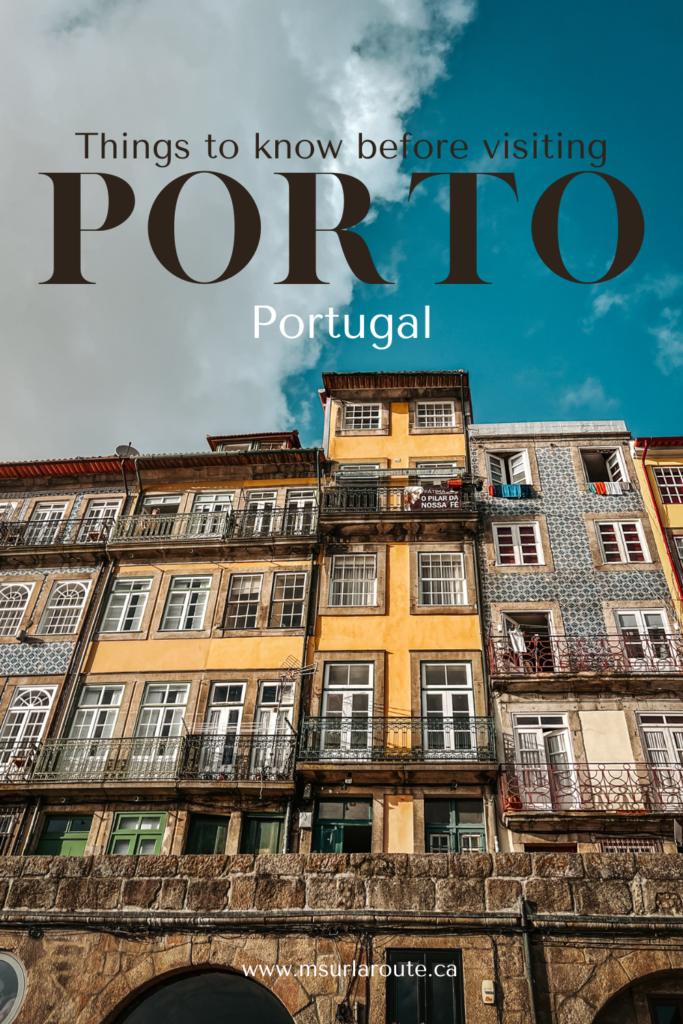
Follow me on Instagram!
Want to touch the southernmost point of mainland Canada? 👇🇨🇦
Then Point Pelee National Park needs to be on your summer list.
From epic sunsets and peaceful marsh boardwalks to migrating birds and butterflies, this park packs a lot into a small space.
In this quick guide:
📍 What to do
🗓️ Best time to visit
⛺ How to camp (hint: it involves oTENTiks)
🦋 And a few cool facts to impress your road trip buddy
Save this for later & tag someone who’d love to stand at the tip of Canada with you 🌊
🇫🇷 La version française de ce texte se trouve dans les commentaires.
#PointPeleeNationalPark #ExploreCanada #TravelOntario #ParksCanada #BucketListTrip #OntarioRoadTrip #NatureEscape #BirdingSeason #WanderOntario

Did you know Peterborough & the Trent-Severn Waterway made the New York Times list of 52 Places to Visit in 2025?
After a weekend exploring the area… I get it. Here’s what makes it one of Ontario’s best summer road trips ⬇️
🌿 Walk with alpacas at a local farm
🚤 Cruise through the world’s highest hydraulic lift lock
🍷 Sip sangria + eat wood-fired pizza at a vineyard
🛶 Visit the brand-new Canadian Canoe Museum
🌄 Hike through caves & forests at Warsaw Caves Conservation Area
🥧 Taste-test butter tarts in Hastings, Campbellford & Lakeside
The perfect Ontario getaway: nature, small towns, good food, and local gems everywhere you turn.
📍 Save this for your next summer road trip!
And tell me below — which stop are you adding to your bucket list?
🇫🇷 Saviez-vous que Peterborough et la voie navigable Trent-Severn figurent sur la liste des 52 destinations à visiter en 2025 selon le New York Times ?
Après un week-end à explorer la région… je comprends tellement pourquoi. Voici pourquoi c’est un road trip incontournable en Ontario cet été ⬇️
🌿 Marcher avec des alpagas dans une ferme locale
🚤 Naviguer sur la plus haute écluse hydraulique au monde
🍷 Boire de la sangria et déguster une pizza au feu de bois dans un vignoble
🛶 Visiter le Musée canadien du canot
🌄 Explorer les sentiers et les grottes du parc Warsaw Caves
🥧 Et bien sûr, faire le plein de tartes au beurre dans les charmants villages de Hastings, Campbellford et Lakeside
Le combo parfait : nature, petites villes, bouffe locale et histoire à chaque détour.
📍 Sauve ce guide pour ton prochain road trip d’été en Ontario !
Et dis-moi en commentaire : quelle activité te tente le plus ?
#discoveron
@ontariotravel and @kawarthas_northumberland
#PeterboroughOntario #TrentSevernWaterway #OntarioRoadTrip #ExploreOntario #SummerInOntario #HiddenGemsOntario #CanadianTravel

These Ontario spots understood the assignment… Saunas in the forest, hot tubs with a view, outdoor soaks under the stars, we’ve got it all!
Here are 6 places where the spa setup is reason enough to book the trip:
1. Aux Box (Huntsville)
2. The Baltic by Fort Tree House Co. (Minden)
3. Back Forty Glamping (Meaford)
4. Anupaya (Deep River)
5. Tiny Stays (Prince Edward County)
6. The June Motel (Beaver Valley)
Tag someone who owes you a spa weekend 💆♀️
🇫🇷 La version française de ce texte se trouve dans les commentaires
#OntarioStays #GlampingOntario #WeekendGetaway #SaunaVibes #HotTubGoals #OntarioSpas #TinyCabins #TravelOntario

I’m on a mission to put Belleville on the map for your Ontario summer adventures 🌞
This is way more than just a drive-by on the 401. Think: charming town vibes, scenic hikes, amazing food (I’m still dreaming about those perogies), and… turtles. 🐢
✨Here’s what I did (don’t forget to save the reel for the full breakdown!):
📍Explored downtown + coffee at Benji’s
🐢 Turtle Pond sanctuary
🥟 Lunch at Kafana (get the perogies!)
🌲 Hiked up Sager Tower (located in Quinte West just a short drive away)
🌮 Dinner at Pop-Ups on the Bay
🍓 Smoothies, wildlife, breweries & more on Day 2
🏖 Bonus: Presqu’ile for a beach day just 35 minutes away.
For this visit, I stayed at the Holiday Inn Express Belleville, perfectly located for all your Bay of Quinte adventures. 👌
Save this for your next summer roadtrip & tag someone who needs a mini escape!
🇫🇷 La version française de ce texte se trouve dans les commentaires
*made in partnership with Bay of Quinte Tourism*
#VisitBelleville #BayofQuinte #OntarioGetaways #HiddenGemsOntario #ExploreOntario #WeekendTripIdeas #MsurlarouteAdventures

Everyone visits Banff, but just an hour away, there’s also this. 👀
Grassi Lake in Kananaskis might just be one of the most underrated hikes in Alberta.
It’s short, it’s scenic, and the turquoise water? Totally unreal.
💦 Take the interpretive trail for waterfalls and forest views
⛰️ End at a lake so vibrant it looks photoshopped
So if you’re heading to the Rockies this summer, don’t sleep on Kananaskis.
Some of the best views are just off the radar.
💬 Been to Kananaskis or still on your list?
💾 Save this if you’re planning an Alberta trip!
🇫🇷 La version française est dans les commentaires! ⬇️
#GrassiLake #KananaskisCountry #AlbertaRoadTrip #HiddenGemsAlberta #ExploreKananaskis #HikingAlberta #BanffVsKananaskis #CanadianRockies #SummerInAlberta

